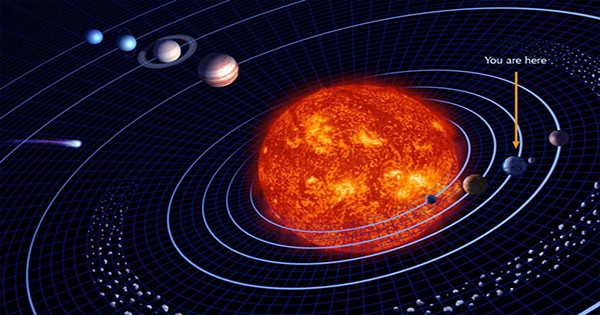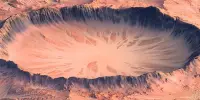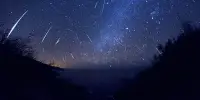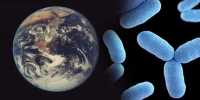Hundreds of light-years away, an international team of astronomers has captured some extremely rare photos of planetary systems forming. While photos of “protoplanetary disks” have been seen before, the process has never been documented in such detail.
“The regions near to the star, where rocky planets develop, are only covered by a few pixels in [previous] photos,” lead scientist Jacques Kluska of KU Leuven in Belgium said in a statement. The photos depict the core regions of newborn stars, where planets begin to form and gather stuff from dust and gas. Dust grains clump together to form larger rocks, some of which grow into entire rocky planets.
“We wanted to display these features in order to discover patterns that could indicate planet formation and characterize the properties of the disks,” Kluska explained. The photos were captured at the European Southern Observatory (ESO) in Chile using a relatively new imaging method called infrared interferometry.
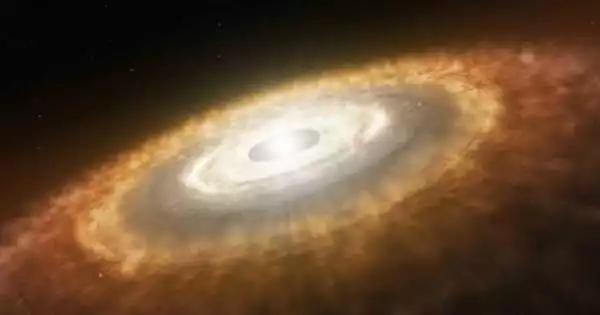
The method does not immediately produce an image. The team was able to isolate the disks from the light radiated by the star itself using mathematical models, similar to how the first-ever photos of a black hole were created. The new photographs have an incredible amount of detail.
“Distinguishing details at the scale of the orbits of rocky planets like Earth or Jupiter (as seen in the images) — a fraction of the Earth-Sun distance — is equivalent to seeing a human on the Moon, or distinguishing a hair at a 10 km distance,” said Jean-Philippe Berger, principal investigator from the Université Grenoble-Alpes in France, in a statement.
So, what exactly did they notice in the fresh images? According to Kluska, brighter and darker light spots could indicate “instabilities in the disk that can lead to vortices where the disk acquires grains of space dust that can expand and evolve into a planet.”
Before the pandemic—before we even had moons—our world in the cosmos was a ring of incandescent material with the young sun in the center, dusted with cosmic dust and gas, like a doughnut sprinkled with cosmic dust and gas. The disk moved round and round, sweeping particles about until the material began to cluster together. The clusters bent into the planets and moons we know today, a diverse collection of worlds, after millions of years.
This is our narrative, but it has occurred—and continues to occur—countless times around the universe, around other stars. Astronomers have known for a long time about swirling objects known as protoplanetary disks, which are the remnants of nascent suns’ explosive births. Telescopes have even been able to see them in incredible detail (well, as stunningly detailed as you can get many light-years from Earth). The most recent batch of photos, released this week, provides one of the most detailed views of these planetary nurseries to date.
